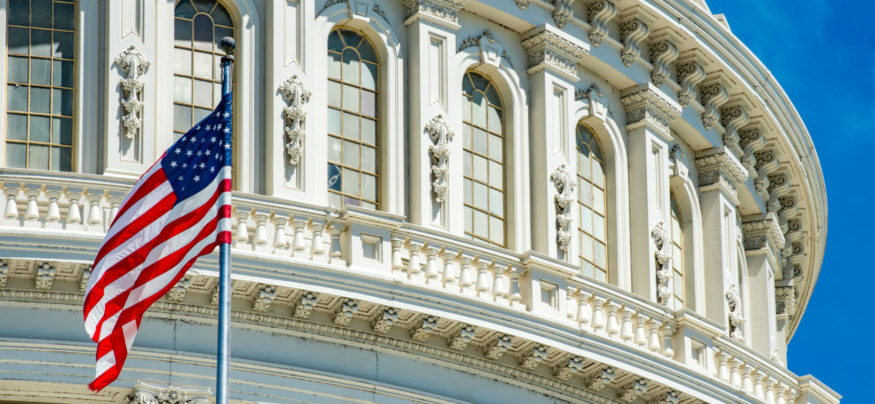Federal agencies increasingly understand the need to treat their constituents as customers and allow those customers to interact with government services in the dynamic, responsive manner that they have come to expect from the private sector.
According to Deloitte, “the rise of the internet at the close of the 20th century fundamentally changed the way that the U.S. government interacts with citizens, businesses and other government entities,” sharpening their focus on improving customer service. Fortunately, the customer experience (CX) path that government agencies are now exploring is ground well-trodden by the private sector, and agencies can learn from their for-profit counterparts. Deloitte Digital’s Retailer to Regulator spectrum provides a framework for agencies seeking to understand how to go about improving customer service.
Early returns show that these recent efforts are yielding successful results. The American Customer Satisfaction Index (ACSI) seeks to capture public sentiment toward different industries. Government ACSI scores plummeted from 2012 to 2015, dropping from a high of 68.4 percent to a low of 63.9 percent. Agencies made up almost that entire deficit in 2016, with satisfaction scores rising all the way back up to 68.0 percent. Government agencies are learning from previous technology mistakes and striving to deliver outstanding CX. Agency heads are also taking note that in addition to improving citizen satisfaction, digital transformation efforts often result in cost savings and improved quality.
Exploring the Retail to Regulator Spectrum
The Retail to Regulator spectrum classifies government agencies and services into three categories: retail, mission and regulator. Organizations with a retail focus operate like private sector businesses, offering services to customers and even sometimes competing in the open marketplace. The U.S. Postal Service offers one of the most striking examples of a government retail agency, directly competing with FedEx, UPS and other shipping partners for business.
Mission-focused agencies seek to incentivize customer behavior to meet public policy goals. The National Science Foundation serves as an excellent example of a mission-focused agency, seeking to shape scientific advancement by funding specific research efforts that align with the agency’s scientific agenda. Finally, regulatory agencies use the force of law and regulation to mandate customer behavior and align it with public safety and other objectives. For example, the Federal Aviation Administration maintains detailed regulations for air travel designed to enhance passenger safety.
As agencies seek to improve the customer experience, they must understand where they fit on this spectrum, and how adopting practices from other areas on the spectrum might provide a better customer experience. Deloitte points out the Transportation Security Administration (TSA) as a model of this behavior. The TSA clearly fits on the regulatory end of the spectrum. It provides security services at airports that are often not well-received by passengers and aircrew. Despite its positioning as a regulator, the TSA adopted practices from the retailer domain and rolled out TSA PreCheck as a customer-friendly way to both improve screening efficiency and increase the satisfaction of their highest-use customers by pre-clearing and reducing the airport security screening of frequent fliers.
Best Practices for Improving Customer Service
Public agencies are increasingly adopting customer experience improvement tools from the private sector. Deloitte offers some practical suggestions for agencies seeking to improve their CX by adopting successful private sector tactics:
- Appoint a chief customer officer (CCO) who can oversee CX efforts.
- Use a customer relationship management (CRM) system to centralize, automate and improve constituent interactions.
- Follow the audience. Provide users with a multichannel experience that allows them to interact with agencies on their own terms.
- Rapidly resolve constituent issues using the channel of their choice.
- Offer performance incentives to agency employees who advance CX efforts.
- Use contextual information about a constituent to tailor the information and services you offer them.
- Communicate in clear, plain language that avoids acronyms and other government jargon.
- Sponsor prize-based challenges designed to create new solutions to old problems.
- Offer customers real-time tracking of their requests through various government services.
- Rely on deep analytics to guide customer relationships.
While all of these practices won’t quite match the models of every government agency, leaders may find applicable solutions in the successful CX practices of the private sector and find new ways to adapt them for use in the government.
Digital transformation efforts can dramatically improve the user-friendliness and efficiency of government transactions.







